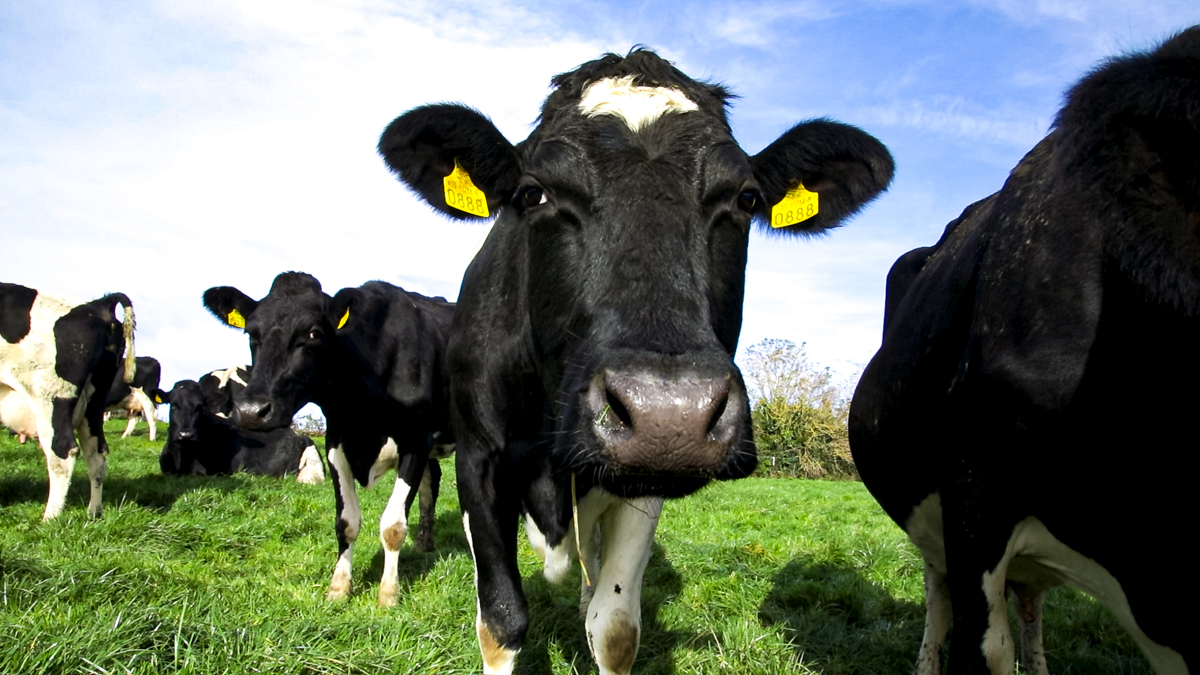New research from Teagasc and University College Cork (UCC) has demonstrated that the odour of raw milk is both directly and indirectly influenced by bovine diet.
The study, entitled ‘The Influence of Pasture and Non-pasture-Based Feeding Systems on the Aroma of Raw Bovine Milk’ published in Frontiers in Nutrition, is the first to demonstrate the direct transfer of aroma active volatile organic compounds (VOC) from diet to milk.
It was performed at Teagasc Moorepark, where VOC profiles of raw bovine milk, produced exclusively outdoors on perennial ryegrass (GRS), or indoors on total mixed ration (TMR) consisting of grass silage, maize silage and concentrates, were analysed by gas chromatography mass spectrometry and olfactometry.
- Gas chromatography
Separating compounds using gas - Mass spectrometry
Measuring atoms and molecules to determine their weight - Olfactometry
An assessment of odour
Results and findings
Ninety nine VOCs were identified in both the GRS and TMR raw milk samples, with 33 VOCs also identified in the feed and rumen samples, demonstrating direct transfer from the diet, according to the study.
It found that while there was no major difference in the VOC content between the GRS and TMR milk samples, there was a significant difference in the relative abundance of 13 VOCs.
As odour perception is influenced by the odour threshold of each individual VOC (the concentration at which we can perceive it), and its relative abundance, these differences in abundance can significantly impact aroma perception.
The study found that approximately 30% of the VOCs were deemed odour active by olfactometry, where trained assessors sniff and describe aromas associated with the extracted and separated VOC.
TMR diet
The raw milk derived from a TMR diet was judged to have a higher odour intensity (OI) with many of the odour active VOCs in this TMR milk derived from Maillard reactions (from the application of heat).
As these raw milks did not undergo any significant heat treatments, and with lower abundances of Maillard derived VOCs in the GRS milk, those Maillard derived odour active VOC in the TMR milk must have been generated during the heat treatments used in the production of the of the TMR and subsequently influenced the aroma of that milk.
Aroma
The aroma of both milks was complex but, in general, the aroma of raw GRS milk was sweeter with more caramel and toffee notes, while raw TMR milk had more animal, barnyard, smokey notes.
This study is the first to demonstrate the differences in aroma between pasture and non-pasture diets on raw milk samples.
